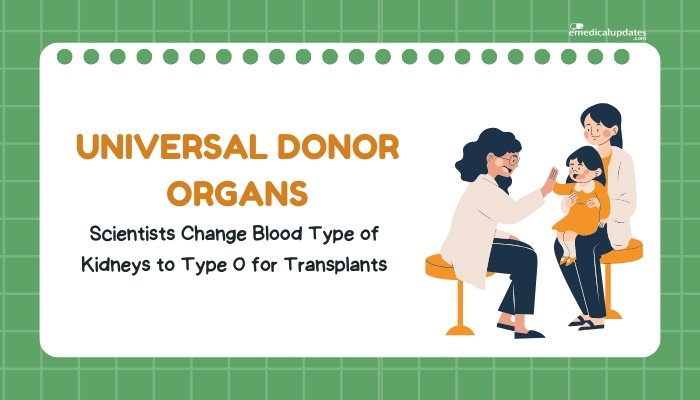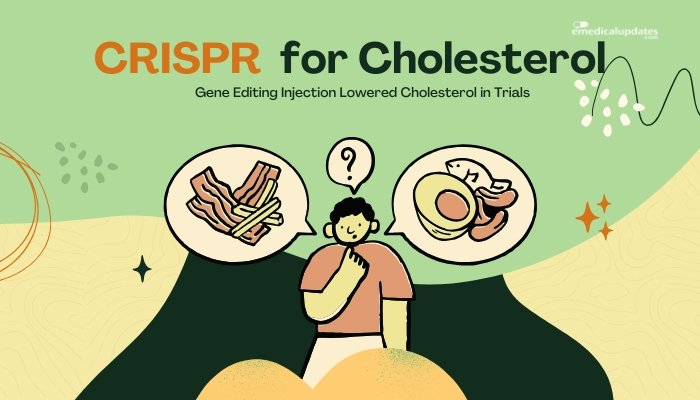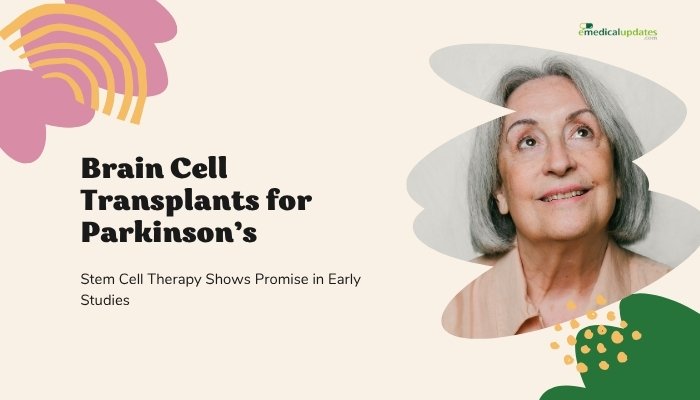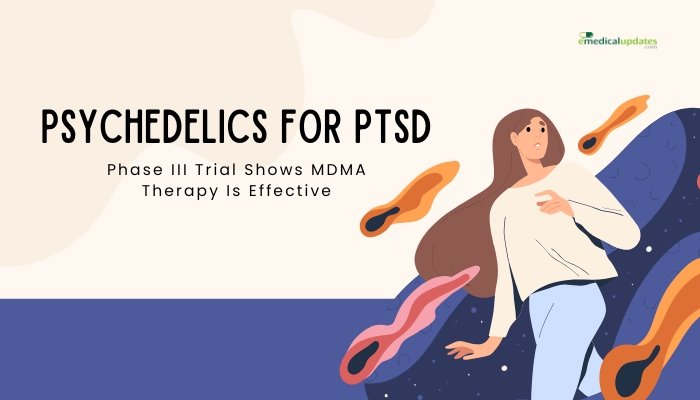Introduction
Organ transplantation faces a persistent shortage, forcing many patients to wait years on donor lists. One major hurdle is ABO blood type compatibility—mismatched transplants often spark immune rejection. Recently, scientists have pioneered a method to convert donor kidneys into universal type O, removing ABO constraints and offering fresh hope for those awaiting kidney transplants.
Below, we detail how this breakthrough works, the benefits it may bring, and the challenges still ahead before widespread clinical use.
The Organ Shortage and ABO Barrier
Demand Exceeds Supply
- Kidney Waitlist: Thousands of patients with end-stage renal disease rely on dialysis while seeking a compatible donor.
- ABO Mismatch: Donor organs must typically match or be compatible with a recipient’s blood type, reducing the available pool for each patient.
Why ABO Incompatibility Matters
Blood group antigens on blood vessels in the transplanted organ can trigger powerful rejection if the recipient’s immune system detects foreign ABO markers. This shortens the viability of the transplant or causes immediate rejection.
Converting to Universal Type O
The Core Idea
Type O lacks A or B antigens on red cells (and similarly fewer ABO markers in tissues). Making an organ effectively “type O” means:
- No ABO Mismatch: Lower chance of antibody-driven rejection.
- Broader Recipient Pool: The organ can be transplanted into recipients of any blood type.
The Enzymatic Process
Researchers discovered enzymes that strip A or B antigens from the kidney’s vasculature when perfused ex vivo:
- Organ Perfusion: After removal from a donor, the kidney is connected to a machine that pumps an enzyme solution through its blood vessels.
- Antigen Cleavage: The enzymes cleave the specific A/B antigens, rendering them inert or removed.
- Verification: Lab tests confirm the now “type O–like” status before transplantation.
Early Trials and Success
Preclinical Demonstrations
In lab experiments, scientists tested the approach using discarded or non-transplantable kidneys:
- Effective Antigen Removal: Tissue analyses showed successful elimination of A/B markers, with minimal structural damage to the organ.
- No Immediate Toxic Effects: The enzyme solution didn’t degrade essential tissues or hamper kidney function at the tested flow rates and durations.
Next Steps Toward Human Use
Small proof-of-concept and safety studies in real donation scenarios are in the works. Researchers will carefully monitor:
- Transplant Acceptance: Checking for acute rejection or unexpected immune responses.
- Organ Function: Ensuring the kidney remains healthy and can produce urine normally.
Potential Benefits and Implications
- Easier Matching: Breaking ABO barriers means donors of any blood type can help recipients of any type, significantly reducing wait times.
- Lower Immunological Risk: Fewer ABO-triggered rejections could improve transplant success rates.
- Wider Access: Even small expansions of the donor pool can save many lives.
Challenges and Caveats
Ensuring Complete Antigen Removal
Tiny traces of A/B markers might remain in the organ, risking partial immune reactions. Perfecting uniform perfusion and verifying “complete conversion” is critical.
Long-Term Outcomes
Even if the ABO mismatch is resolved, other complexities of transplant immunology (like HLA matching) remain. Long-term tracking is needed to see if the approach consistently reduces rejection over the organ’s lifetime.
Cost and Logistical Hurdles
The specialized ex vivo perfusion system and enzyme usage add complexity and expense. Healthcare systems must weigh these costs against potential savings from improved transplant success and shorter wait times.
Frequently Asked Questions
- Could all donor kidneys become type O?
- In principle, yes—this approach focuses on ABO antigens. However, each organ would need thorough antigen-removal and quality checks to ensure safety.
- Does ABO matching no longer matter if this works?
- If done perfectly, ABO mismatch might be less relevant. Still, other compatibility factors like tissue typing (HLA) remain essential.
- When might this be available for widespread clinical use?
- While promising, further clinical trials are needed. It could be a few years before large transplant centers adopt the technique widely.
- What about hearts, livers, or lungs?
- Researchers are looking into applying the same method to other organs. Kidneys are the first test due to their abundance in transplant procedures.
- Do patients still need immunosuppressants?
- Yes, immunosuppressive drugs remain necessary to prevent immune rejection from other immune pathways beyond ABO mismatch.
Conclusion
The ability to transform donor kidneys into universal type O stands as a major innovation in transplant medicine. By eliminating ABO barriers, it could open more donated organs to a broader recipient pool, trimming wait times and saving lives. While the method currently focuses on ex vivo perfusion with specialized enzymes, the concept has potential for other organs, heralding a future where ABO compatibility becomes a less formidable hurdle. As ongoing trials confirm safety, refine protocols, and measure long-term outcomes, the promise of universal donor kidneys moves closer to everyday clinical reality—potentially reshaping how we handle organ allocation and bridging the chasm between supply and demand in transplant healthcare.
References
-
- NHS Blood and Transplant. (2023). “Novel ABO conversion technique for kidney transplants.”
-
- Nature Biotechnology. (2022). “Enzymatic removal of antigens in donor organs.”
-
- UNOS. (2023). “Expanding donor organ compatibility: implications for ABO matching.”
-
- Griesemer AD, et al. (2021). “Investigational ex vivo perfusion for ABO mismatch solutions.”







